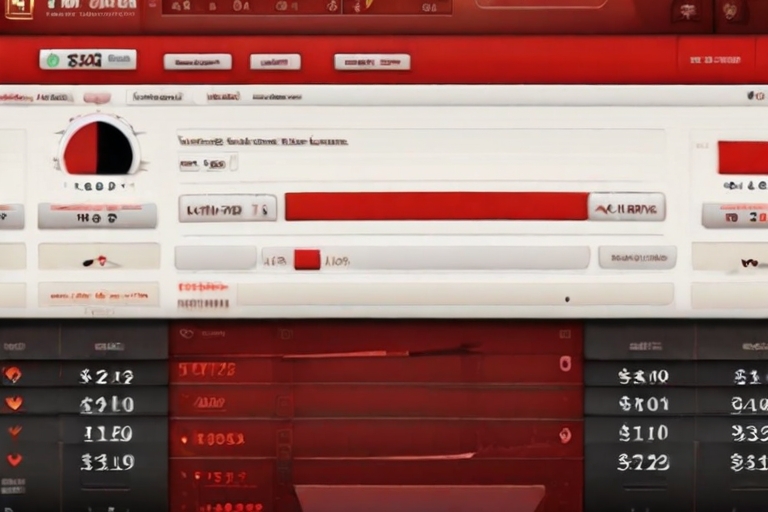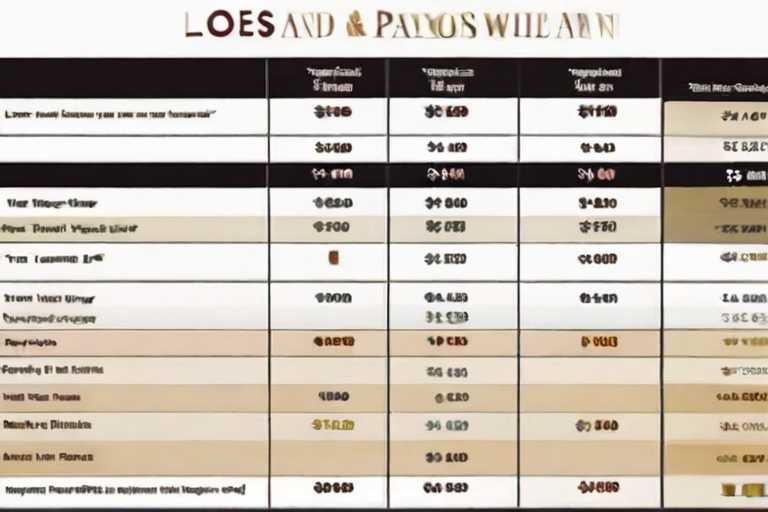Forex and Binary options have surged in popularity over the past couple of years, largely due to their enticing promise of high returns and ease of trading. Meanwhile, the FOREX market operates similarly to any other commodity market, governed by the principles of supply and demand. To grasp the fundamental disparities between Forex and Binary options, it’s essential to understand their respective definitions:

Table of Contents
Forex and Binary
Defining Forex:
In Forex trading, you speculate on whether the value of one currency will rise or fall relative to another, aiming to capitalize on favorable price movements. For instance, if the current price of EUR/USD is 1.12 and you anticipate an increase, you purchase EUR/USD and wait for the opportune moment to sell for profit.
Defining Binary Options:
Binary options trading differs in that you simply predict whether the price of an asset will rise or fall within a specified timeframe. For example, if EUR/USD is currently priced at 1.12 and you foresee an uptrend in the next few hours, you place a “call” option on EUR/USD and await the outcome.

Let’s delve into the contrasting aspects of Forex and Binary Options:
Margin:
- FOREX: Margin trading allows for leveraging capital to execute larger trades, potentially resulting in significant profits or losses.
- BINARY OPTIONS: Margin isn’t utilized in binary options trading, yet the potential returns range from 60% to 100% on standard options, attracting traders with its simplicity and high payout ratios.
Losses and Payouts:

- FOREX: Profits and losses in Forex trading are contingent on market movements, with stop and limit orders enabling risk management.
- BINARY OPTIONS: The predetermined loss and payout structures in binary options facilitate precise risk management, providing clarity on potential outcomes before initiating trades.
Closing a Position:
- FOREX: Traders have the flexibility to close positions at any time during market hours.
- BINARY OPTIONS: Positions in binary options automatically expire at predetermined times, offering limited flexibility in trade closure.
Order Types:

- FOREX: Various order types, including market, limit, stop, and more, cater to diverse trading strategies and preferences.
- BINARY OPTIONS: Binary options typically offer fewer order types, focusing on straightforward options like High/Low, Touch/No Touch, and Boundary.
Trade Size:
- FOREX: Broker-dependent trade size limits can range from micro-lots to substantial amounts, accommodating different trading volumes.
- BINARY OPTIONS: Binary options brokers set maximum and minimum trade sizes, providing accessibility to traders with varying capital levels.
Cost of Trading:
- FOREX: Costs in Forex trading encompass rollover, swap, and spreads, with most brokers not charging commission fees.
- BINARY OPTIONS: Binary options trading entails straightforward costs without rollover, swap, or spread considerations.

Ultimately,
each option presents its unique advantages and drawbacks, with the choice between Forex and Binary Options resting on individual trader preferences. Sharing this article with friends on social media can further enrich their understanding of these trading avenues.
May you also like:







